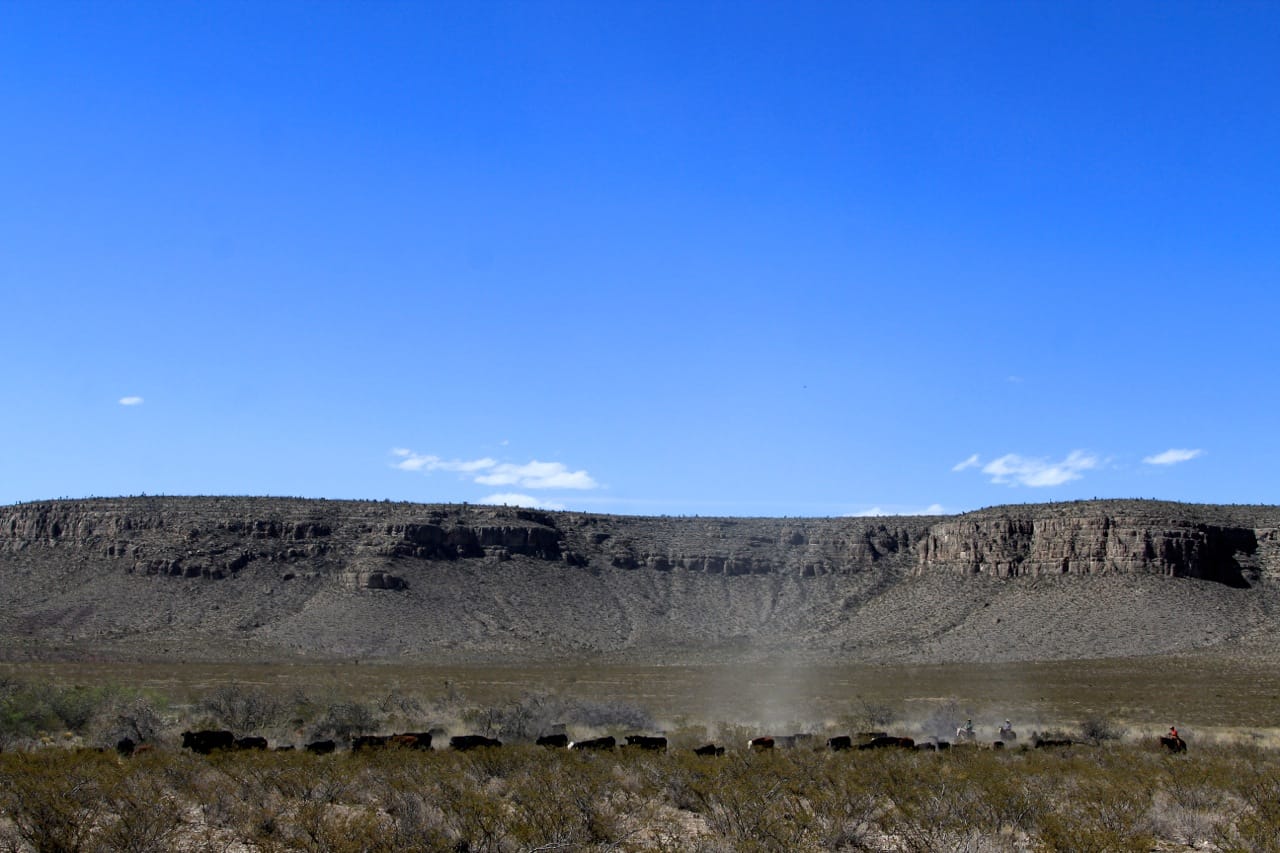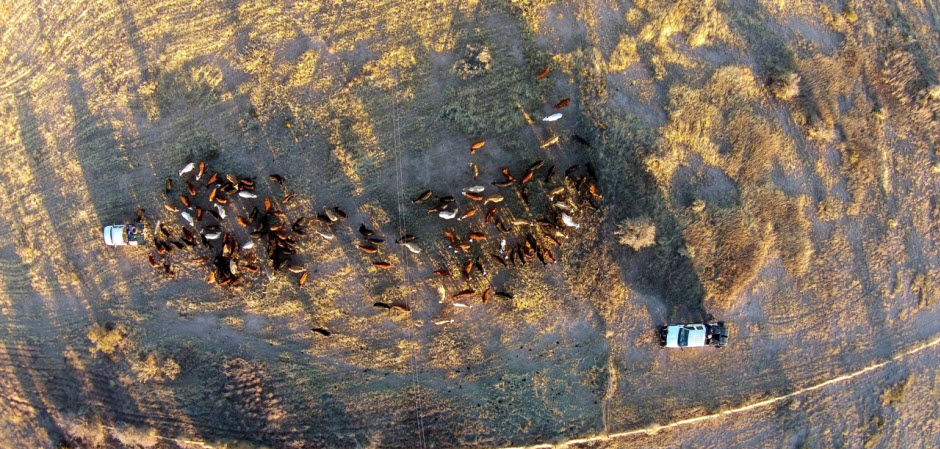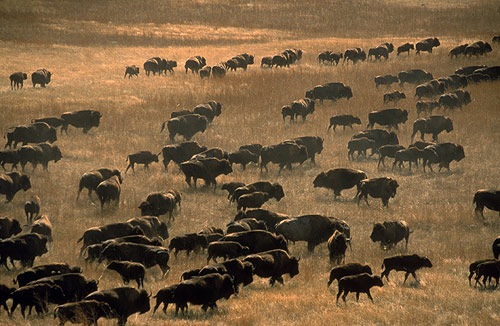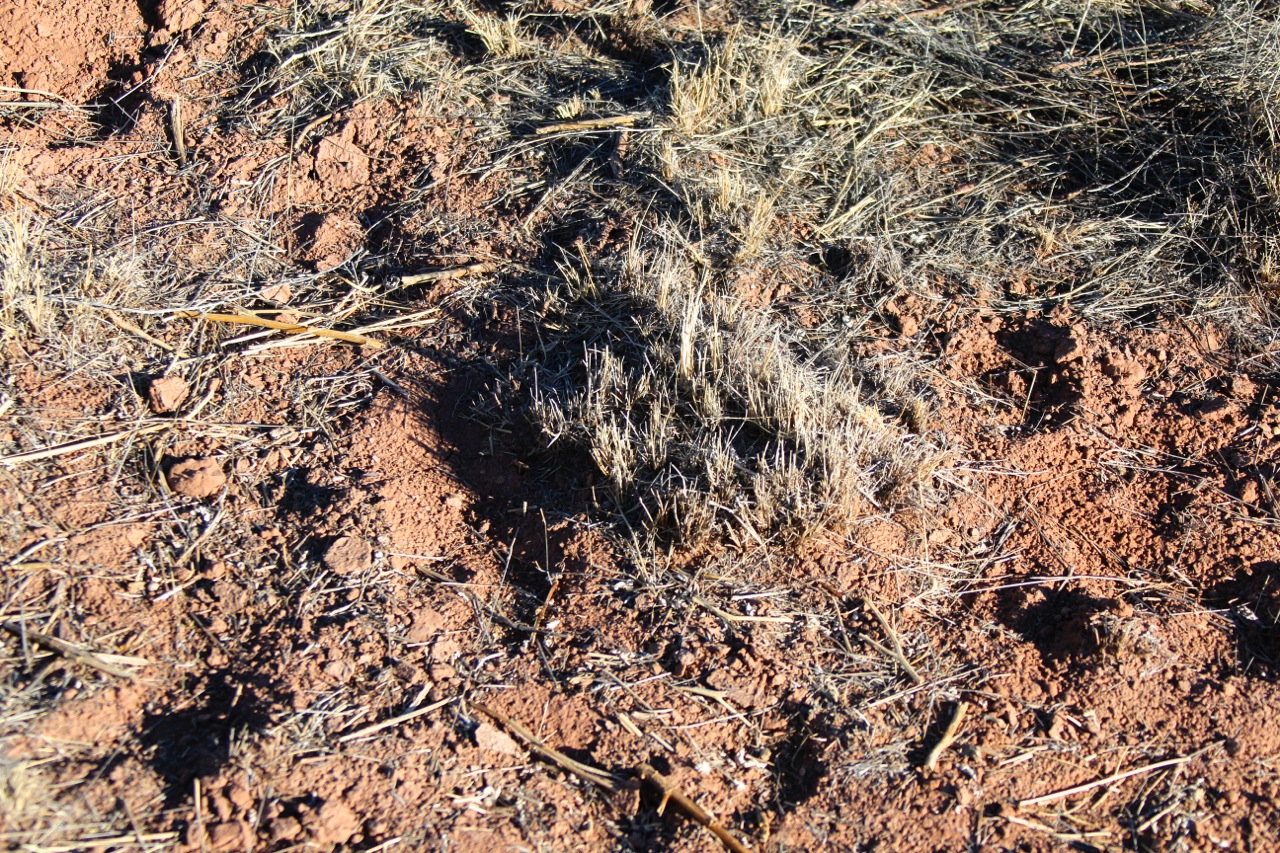Desert Grasslands Restoration: Time Can Be a Grazier's Best Friend or Worst Enemy

Whether cattle are good or bad for grasslands depends on TIME
By Robert L. Kinkead, DVM, retired
Originally published in Stockman Grass Farmer
Photos and Video from Circle Ranch, Hudspeth County, far-West Texas
HARRISBURG, Missouri: In the 1950s, a French biochemist André Voisin observed how his pastured cows grazed. He conducted research and wrote the book, Grass Productivity. The book was allowed to go out of print. Through the efforts of Island Press, this conservation classic has been updated, reprinted and made available to us.
Allan Savory in the book’s introduction sums up the biggest riddle of grazing. Time.
“Voisin had proven that over grazing had little relationship to the number of animals but rather to the time plants were exposed to the animals, the time of exposure being determined by the growth rate of the plants.
“If animals remained in any one place too long, or returned to it too soon, they over grazed certain plants. Suddenly I can see how trampling could also be good or bad. Time determined that too.
“The disturbance needed for the health of the soil became an evil if prolonged too much or repeated too soon.”
To further understand this concept of time I offer this example.
One cow grazing on a 10-acre paddock all season (7-8 months) will kill thousands of plants (this is an example of over grazing and under stocking) but one thousand cows grazing the same 10-acre paddock for one day will not kill a single plant. This is the way grazing occurred in nature before mankind took control.
We must also understand that to manage the grazing of ruminant livestock we must also manage the microbes in the soil, dung beetles and earthworms to bacteria and fungi even prions and all in between. We must look at this soil life as our second herd of livestock.
In nature, the soil life mines the nutrients from the soil needed by the plant. The plant by virtue of photosynthesis produces sugars needed by the soil life and trades with them. Energy for minerals or another way to state it solar energy collected by the plant traded to the soil life for nutrients needed for solar energy collection (photosynthesis).
So, how do the livestock fit in?
As plants grow they reach a climax period (mature seed production) then the plant growth slows way down. The trading of sugars for mineral slows or ceases. The stems and upper part of the plant dies and begins to oxidize (slow burn) releasing CO2 back into the atmosphere.
This old oxidizing part of the plant shades and prevents new plant growth:
Shade=no sunlight=no energy=no sugar manufacturing=no trading for minerals=bare ground=soil temperature extremes=soil life death=erosion=desertification.

LIVESTOCK TO THE RESCUE
For roughly 10,000 years mankind has made the above scenario worse by the understocking and overgrazing of too few livestock kept too long in one place. Remember, the disastrous effect of one cow grazing continuously all season.
Besides fostering fibrous, less nutritional plants maturing on their own, this management has killed thousands of more nutritious plants. When we apply André Voisin’s rational grazing, that is large numbers of livestock in one place for a short period of time, we accomplish the following:
- The livestock only consume the top one-third of the plant. This is the most nutritious. More sunlight equals more energy.
- The concentration of the livestock causes competition; therefore, they consume the top one-third of almost all plants, not just their favorites, creating a more even grazing pressur.
- The livestock trample approximately one- third of the plant to the soil. This provides nutrients to the soil life.
The livestock are fed one-third, the soil life is fed one-third and the remaining one-third of the plant, which is the highest in protein, allows the plant to quickly regrow.
Besides trampling organic matter and feeding the soil life, the livestock’s hoof action tills the soil’s crust, preventing capping. Their hoof action provides a small catchment for seed and water along with a “wall” that caves and covers.
The livestock also spread and incorporate urine, fecal material, hair, dander and saliva in the soil, adding nutrients and additional organic matter.
On our acreage, we move at 12- or 24-hour increments. We never allow the stock to stay more than two days because, on the third day, most plants shoot out regrowth. Some regrow a little and others a lot, but livestock savor that fresh regrowth. We move the livestock because we do not want them to take that second bite:, it weakens and slows the plants’ recovery.
On page 236 of Grass Productivity, the following time/growth relationship is given.
1 day grazing with a 38-day rest = 5,530 lbs/ac forage while 3 days grazing with a35-day rest = 3,390 lbs/ac forage.
That’s a 2,140 lb increase in forage per acre, a 38 percent increase, from shortening the graze period to one day.
By applying this rational management, we can in two to three years double our capacity and in three to five more years can double it again. Our area has a huge variation in rainfall and therefore a huge variation in forage production from year to year. As we graze rationally, we increase the organic matter in our soil and, in effect, increase the effectiveness of our rainfall.
A one percent increase in organic matter will increase the soil’s water holding capacity by approximately 1.1 inches of rain. Rational grazing is one way to drought-proof your acreage.
To quote Allan Savory again,
“…water is the Achilles heel of modern industrial and post industrial civilizations, and its quantity and quality are determined by the state of the land on which it falls.
“These water ‘catchments’ are to a large degree grasslands. In managing them as Voisin would have us, we ensure our own survival.”
In conclusion, mankind has caused desertification which, in turn, has, in my opinion, caused global warming by mismanagement of our grazing and farming practices. By applying the principles of rational grazing derived by and from André Voisin, we can stop desertification, reverse it and reclaim the rangeland, thereby reversing global warming. I have personally been involved in reclaiming abandoned coal pit land, and rational grazing worked very well for me.
Time: The Grazier’s Best Friend or Worst Enemy from Christopher Gill on Vimeo.


